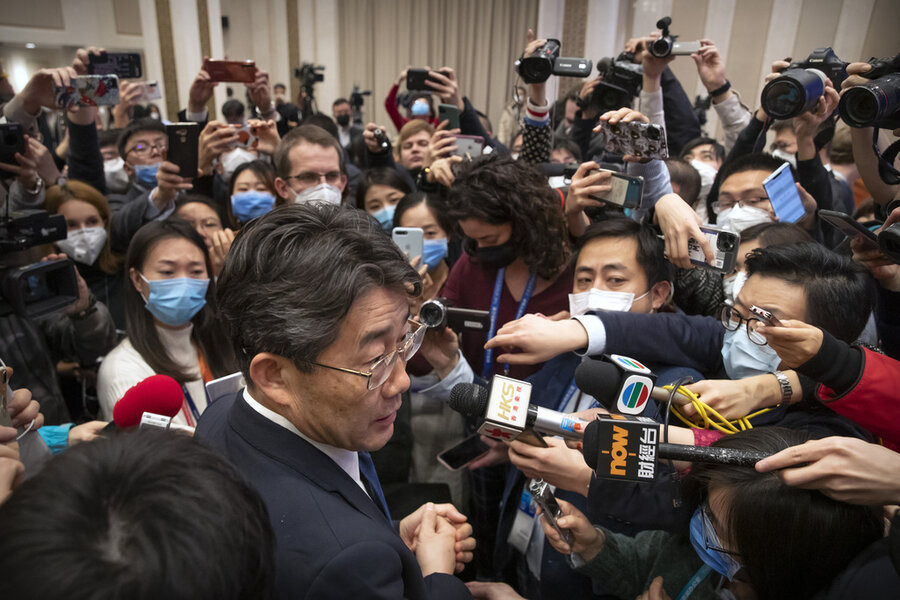The 'fear factor' in China's epidemic
Loading...
Much of the world is watching China closely to see if it can contain a virus that has spread to other countries. Its government has already quarantined nearly 50 million people in 16 cities and rushed to build new hospitals. Yet what should be watched just as closely is how much China has learned about containing public fear. Since the country’s last major virus outbreak in 2002-03, Chinese officials have come a long way in their capacity for calming.
International health officials often talk of the need to battle two epidemics at once – an epidemic of disease and an epidemic of fear. With social media able to spread both falsehoods and genuine warnings, fear can propagate even faster than a disease.
In fact, unnecessary panic can do its own kind of damage. It can break community ties, increase distrust of leaders, create false narratives of victimization, or lead to temporary panic in the global economy. Once amplified, fear can prevent people from hearing accurate information.
To avoid such damage, Chinese officials have tried to be more transparent and precise in their daily briefings about what they know of this outbreak and what is being done. They have allowed the official news media to be relatively free of normal censorship. And to regain public trust after making mistakes early on, some officials have apologized. The mayor of Wuhan, the city that is ground zero for the outbreak, offered to resign “as long as it is conducive to the control of the disease and to the people’s lives and safety.”
In addition, the World Health Organization (WHO) held off hitting its own panic button and declaring a global emergency in the first weeks of the outbreak. It, too, has learned how to better balance issuing alerts about real danger against the possibility of provoking undue alarm.
Fear during an epidemic needs its own kind of vaccines. And what are those? A report last year from an independent panel set up by WHO and the World Bank recommended a number of nonmedical ways that officials can be ready before an epidemic to deal with the “fear factor.” In short, the 15-member panel stated: “Long-term, sustained community engagement is crucial for detecting outbreaks early, controlling amplification and spread, ensuring trust and social cohesion, and fostering effective responses.”
In other words, avoiding a health panic requires a community to have a reservoir of unity, compassion, and openness. These are some of the traits for resiliency and are as needed as medical supplies and health workers. They help keep caution from escalating into fear. And when a health crisis is over, they also help heal any broken bonds of community.







